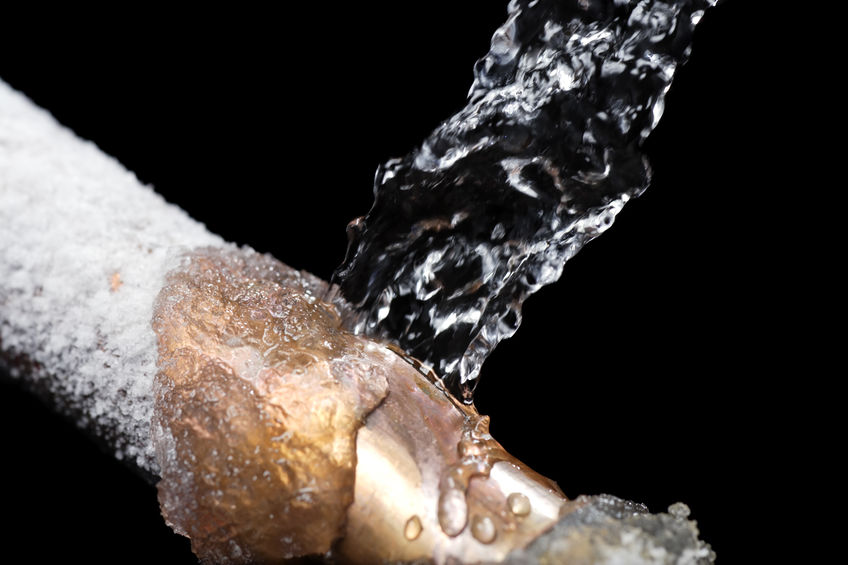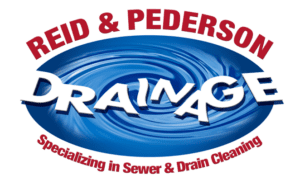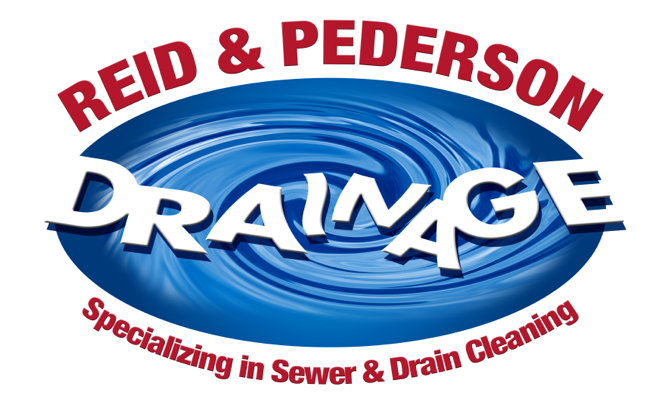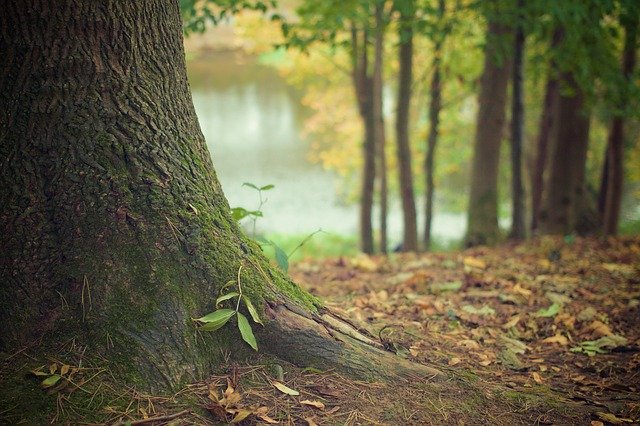
During the winter months, frozen pipes cause a number of enormous issues for homeowners all over the country, and here in Illinois and northern Indiana, we are no exception. While the winter months are a great time of year for lighting up the fireplace, throwing on a blanket, and getting comfortable on the couch, having a frozen pipe burst can quickly dispel any merry or relaxed feelings that you might have had quite quickly.
No matter how well you prepare your home before the winter hits, nature can be unpredictable at times, and can render any preparation work you might have done meaningless in no time at all. Here at Reid & Pederson Drainage, we want to make sure that our customers are prepared for any eventuality that might arise with their sewer and drainage system, and that includes preparing for the possibility that you could be on the receiving end of a burst pipe in the next couple months.
To aid you in this, our team of professionals have taken the time to put together this short list detailing several important steps that you need to take if that unfortunate situation were to become a reality this winter season. Give us a call or read on to find out what you can do to keep damage to a minimum if you have to deal with a burst frozen pipe this winter!
Read on to learn more about drainage problems or reach out to the Crete sewer and drainage experts at Reid & Pederson today!
South Suburbs
NW Indiana
1) Shut Off The Water Supply Immediately
Whenever you have a pipe freeze and burst around your home during the winter, first and foremost, the most important thing you can do is to identify where the leak is at and shut off the corresponding control valve to keep the amount of water coming into your home at a minimum. The easiest way to locate the damaged pipe is to trace the water back to the pipe in question, and follow it until you find a section of the pipe that is either obviously burst or has bubbled out in any spots or developed fissures. Sometimes the pipe might have water spraying out, which makes identification much easier, but sometimes there might just be a trickle depending on which pipe it was that burst. If your main water line ruptures, you are likely going to need to shut off the water supply to the entire house until repairs can be made.
2) Place A Temporary Fix
If the burst pipe in question is a smaller pipe, like something that would be for your sink, toilet, or bathtub, you might be able to apply a temporary fix to the pipe in the form of a pipe patch or pipe clamp. These are generally a rubber sleeve that is secured around the damage section of pipe, a waterproof adhesive solution, or a clamp with a tightening mechanism. While this won’t be something that you will be able to leave in place for a great deal of time, a temporary fix like this will keep damage from getting worse while you schedule service with a professional.
3) Get Professional Help
Once you have the leak under control, the next thing you need to do is pick up the phone and make the call to a professional who can help you repair the issues in earnest. A burst pipe isn’t something you want to take chances with, as the amount of damage this can cause throughout your home in a very short amount of time is quite staggering. The faster you can get a professional on hand to help you repair the issue, the less chance there is of your home suffering catastrophic damage.
Need help with your sewer or drains this winter? Reach out to the pros at Reid & Pederson Drainage!



